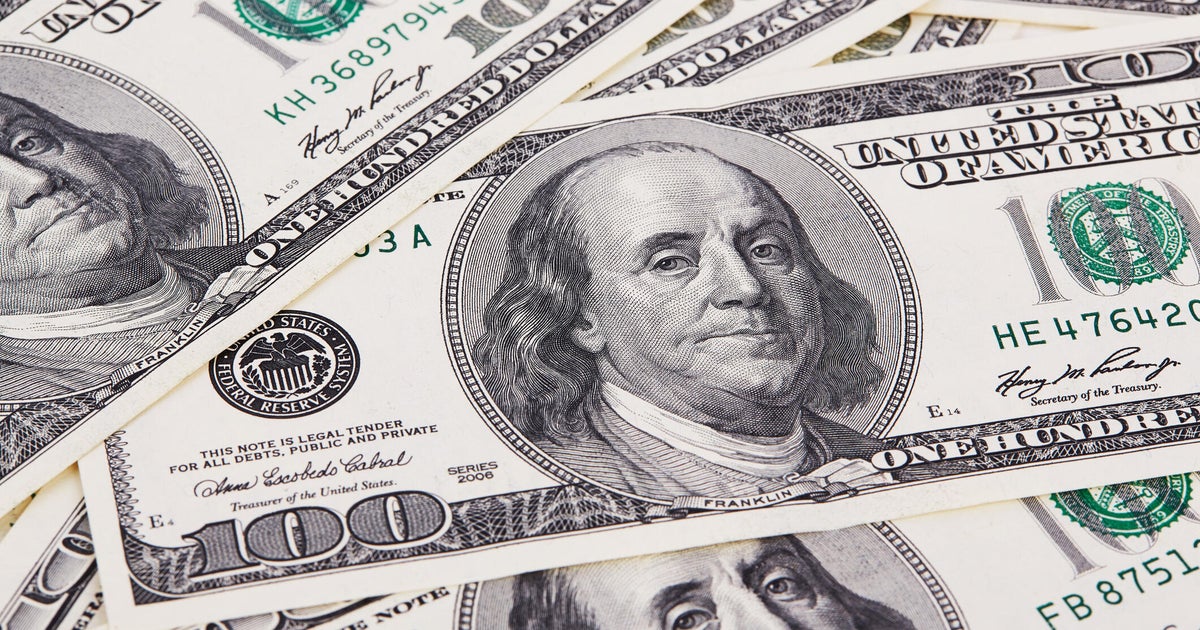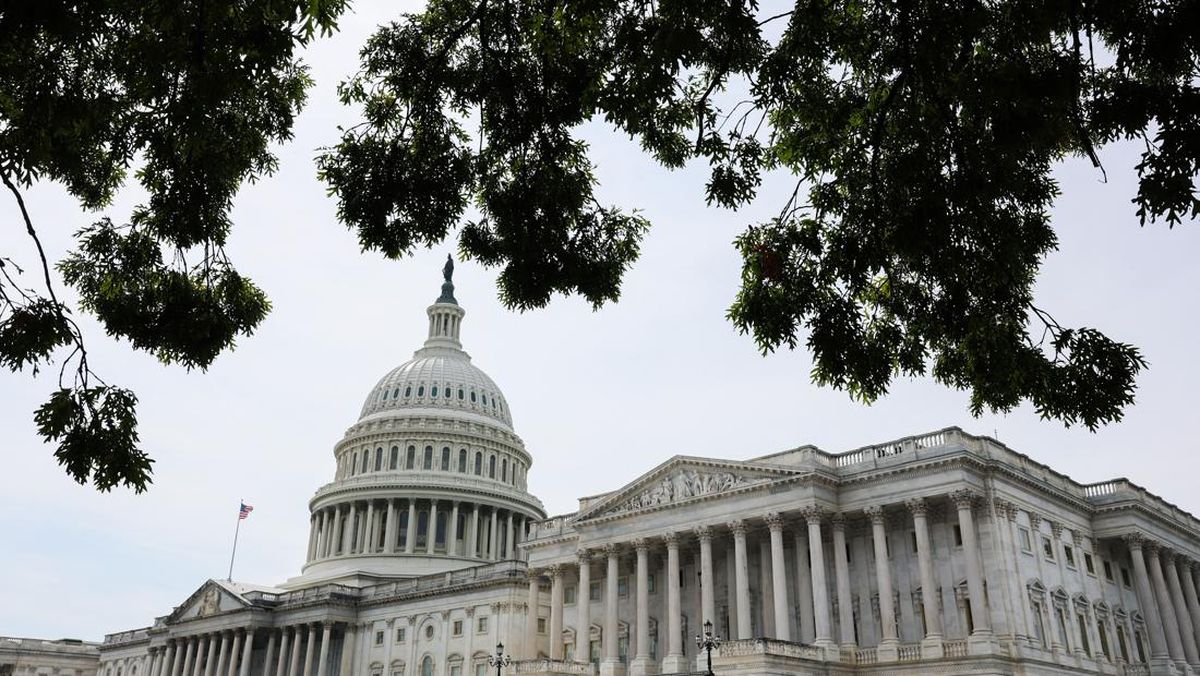Many Americans could see heftier tax refunds next year when they file their 2025 tax returns, largely due to new provisions enacted through the Republicans' "one big, beautiful bill" act that are retroactive to the start of the current year, according to an analysis from Oxford Economics.
Total taxpayer savings could amount to an additional $50 billion through bigger tax refunds or a cut in their 2026 taxes, Oxford lead economist Nancy Vanden Houten wrote in the Oct. 21 report.
A $50 billion boost in tax refunds would represent an 18% increase from the $275 billion in refunds the IRS sent this year to nearly 94 million taxpayers who overpaid on their 2024 federal tax returns, according to data from the agency. The average refund in 2025 was $2,939, according to the IRS.
The "big, beautiful bill," signed into law by Mr. Trump in July, extended the tax reductions enacted under th 2017 Tax Cuts and Jobs Act. But the new law also added an array of new breaks, such as eliminating taxes on some overtime and tipped income. It also lifted the cap on the deduction for state and local taxes, or SALT, from $10,000 to $40,000, a change that is expected to primarily help higher-income Americans.
Although the tax changes are effective this year, the IRS hasn't yet updated its withholding tables, which provide guidance to employers on how much in federal tax to withhold from their employees' paychecks, Vanden Houten wrote. As a result, many taxpayers are unlikely to have taken the step of lowering their withholding amounts on their own, she noted.
"[M]any taxpayers will pay too much in tax this year and see larger tax refunds or smaller tax bills next year than otherwise would be the case," Vanden Houten said, adding that will likely produce a "windfall at tax time in 2026 through larger refunds and lower tax bills."
The Oxford analysis doesn't estimate the average size of individual tax refunds next year, but it noted that a "disproportionate share of the benefits will accrue to upper-income households."
That echoes earlier analyses from tax specialists who said that higher-income Americans are likely to see a bigger relative boost from the new tax law compared with lower-income households. For instance, $6 of every $10 in new tax breaks from the "big, beautiful bill" will go to the top 20% of households, or people with incomes over $217,000 per year, according to a Tax Policy Center analysis published in July.
Wealthy households also will benefit from the higher SALT cap, which can only be tapped by tax filers who itemize — typically high-income households with sizable deductions that surpass the standard deduction. That boost from the bigger SALT break will deliver an extra $5.1 billion in total tax savings, Oxford estimated.
Seniors are also likely to enjoy a bigger tax refund in early 2026, with the new $6,000 deduction for people over 65 years old under the "big, beautiful bill" providing as much as $9.3 billion in tax savings, the Oxford estimated.
Edited by Alain Sherter
How you can still lower your 2026 tax bill
How you can still lower your 2026 tax bill
(03:13)


















































